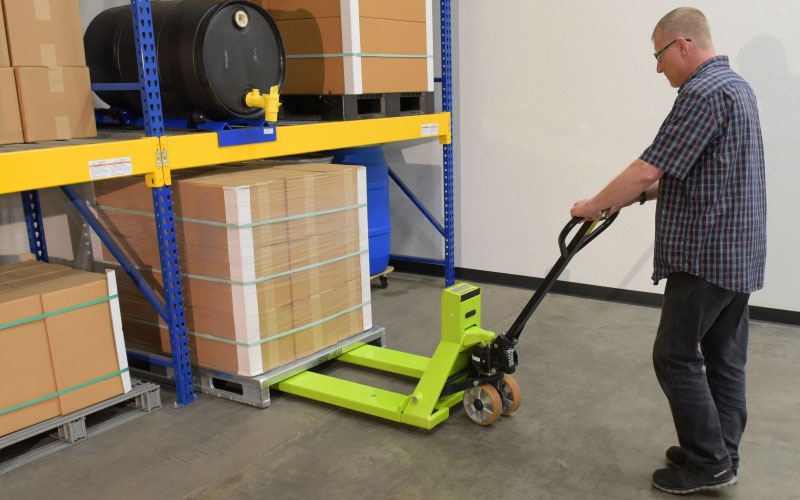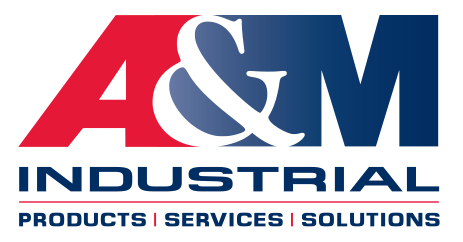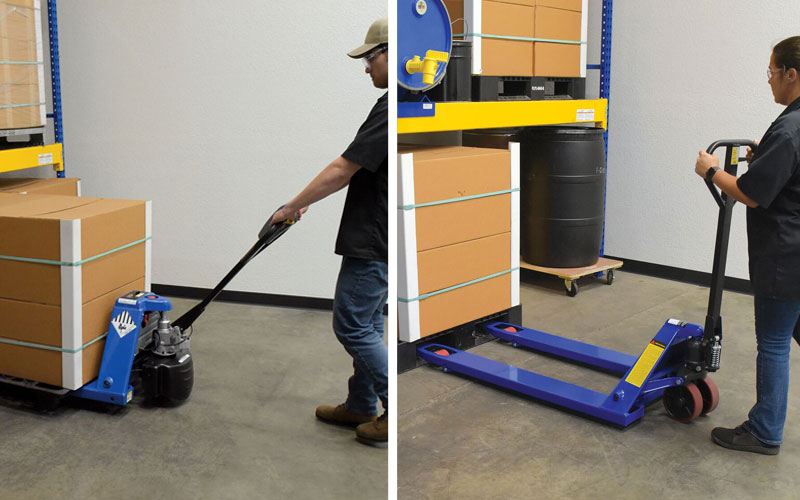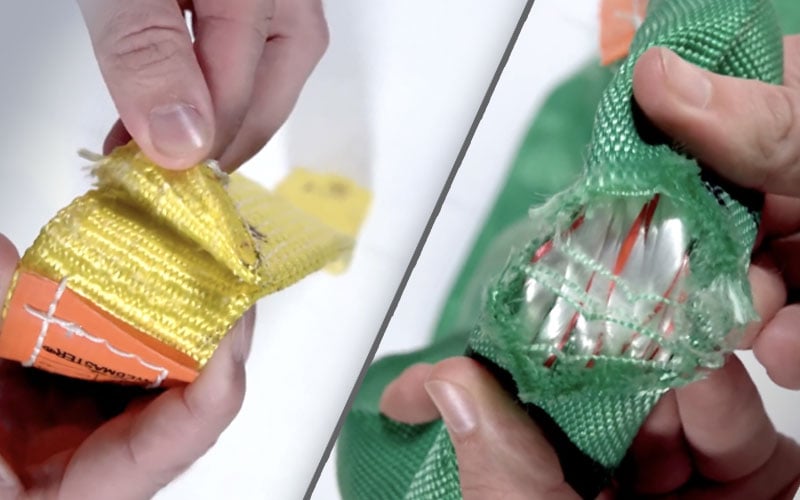Pallet Jack Basics: An Essential Material Handling Equipment Guide

In the world of material handling and logistics, pallet jacks stand as indispensable tools, revolutionizing the way we transport and move heavy loads efficiently and safely. These humble yet powerful machines have played a pivotal role in material handling and transport, streamlining warehouse operations and improving productivity. Whether you are a seasoned warehouse professional or a newcomer to the industry, understanding the pallet jack basics is crucial for enhancing your efficiency and maintaining a safe working environment.
What is a Pallet Jack?
A pallet jack, also known as a pallet truck or pump truck, is a manual or electrically powered device designed to move palletized loads over short distances. Its primary function is to lift and transport pallets, which are the structural bases used for storing and transporting goods. Pallet jacks come in various sizes and configurations to cater to different needs, but they all serve the same fundamental purpose: to lift and transport heavy loads with ease.
Types of Pallet Jacks
There are mainly two types of pallet jacks: manual pallet jacks and electric pallet jacks.
-
Manual Pallet Jacks: These are the most common and simplest type of pallet jacks. They are manually operated by the operator pumping the handle up and down to lift the forks off the ground. Manual pallet jacks are suitable for lighter loads and are ideal for small warehouses or spaces with limited maneuverability.
-
Electric Pallet Jacks: Electric pallet jacks are powered by batteries and offer motorized lifting and movement functions. They are more efficient and suitable for handling heavier loads and larger warehouses. Electric pallet jacks come with features like powered lifting and propulsion, reducing operator fatigue and increasing productivity.
Pallet Jack Components
Understanding the key components of a pallet jack is essential for its safe operation and maintenance:
-
Forks: The forks are the two parallel arms that slide under the pallet, providing support and allowing the pallet jack to lift and move the load.
-
Pump Handle: In a manual pallet jack, the pump handle is used to raise and lower the forks by operating the hydraulic pump.
-
Lever: On an electric pallet jack, you'll find a lever or control panel that allows the operator to control the lifting and movement functions.
-
Load Wheels: These wheels are located at the end of the forks and are designed to support the weight of the load. They enable smooth movement of the pallet jack under the pallet.
-
Steering Wheels: Positioned at the rear of the pallet jack, the steering wheels enable easy navigation and turning of the machine.
Safe Pallet Jack Operation
Safety should always be the top priority when using a pallet jack. Here are some crucial safety guidelines:
-
Proper Training: Operators should receive adequate training on pallet jack operation, including how to handle heavy loads, maneuver in tight spaces, and understand the weight capacity of the machine.
-
Pre-Operational Inspection: Before using a pallet jack, conduct a thorough inspection to ensure it is in proper working condition. Check for any damage or faults in the forks, wheels, and controls.
-
Weight Capacity: Never exceed the weight capacity of the pallet jack. Overloading can lead to accidents and damage to the equipment.
-
Clear Pathways: Keep the pathways clear of obstacles, debris, or spillages to prevent accidents during operation.
-
Use Correct Lifting Techniques: When lifting or lowering loads, ensure that the forks are inserted evenly under the pallet, and the load is stable.
Pallet Jack Maintenance
Regular maintenance is essential to prolong the life of your pallet jack and ensure its safe and smooth functioning. Some maintenance tips include:
-
Lubrication: Regularly lubricate all moving parts to reduce friction and wear.
-
Inspections: Conduct routine inspections to identify any signs of wear or damage and address them promptly.
-
Battery Maintenance: If you are using an electric pallet jack, follow the manufacturer recommended maintenance schedule for its batteries to ensure optimal performance.
Summary
Pallet jacks are indispensable tools for any warehouse or material handling operation. By understanding the basics of pallet jacks, including their types, components, safe operating procedures, and maintenance requirements, you can enhance productivity, protect your valuable inventory, and ensure the safety of your workforce. Make safety your top priority and invest in thorough training to maximize the potential of this essential material handling equipment.
Need Help Selecting A PAllet Jack?
Read our corresponding article on selecting the right pallet jack, or contact our material handling team for assistance. We carry a wide selection of Jet Pallet Jacks and Vestil Pallet Trucks online.


